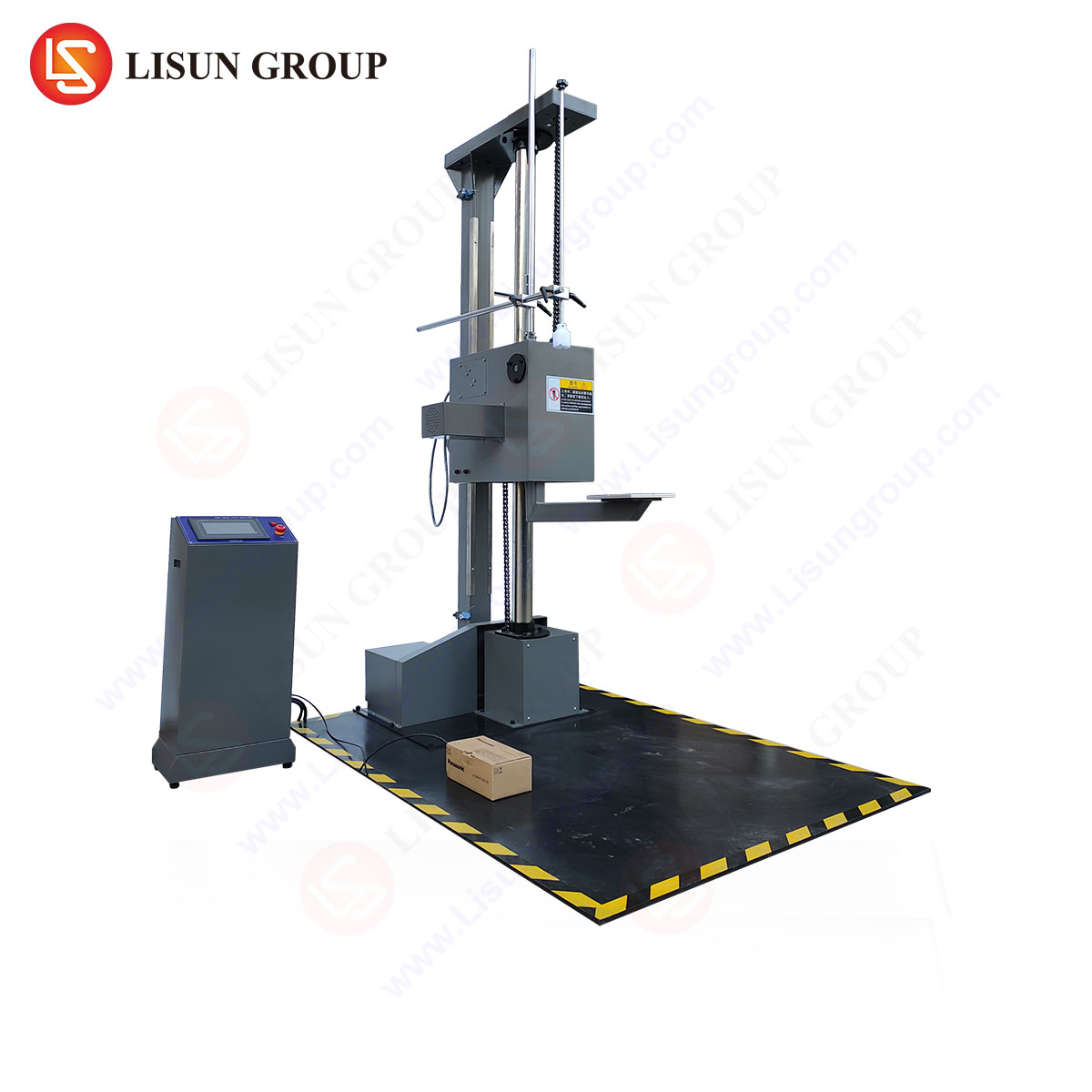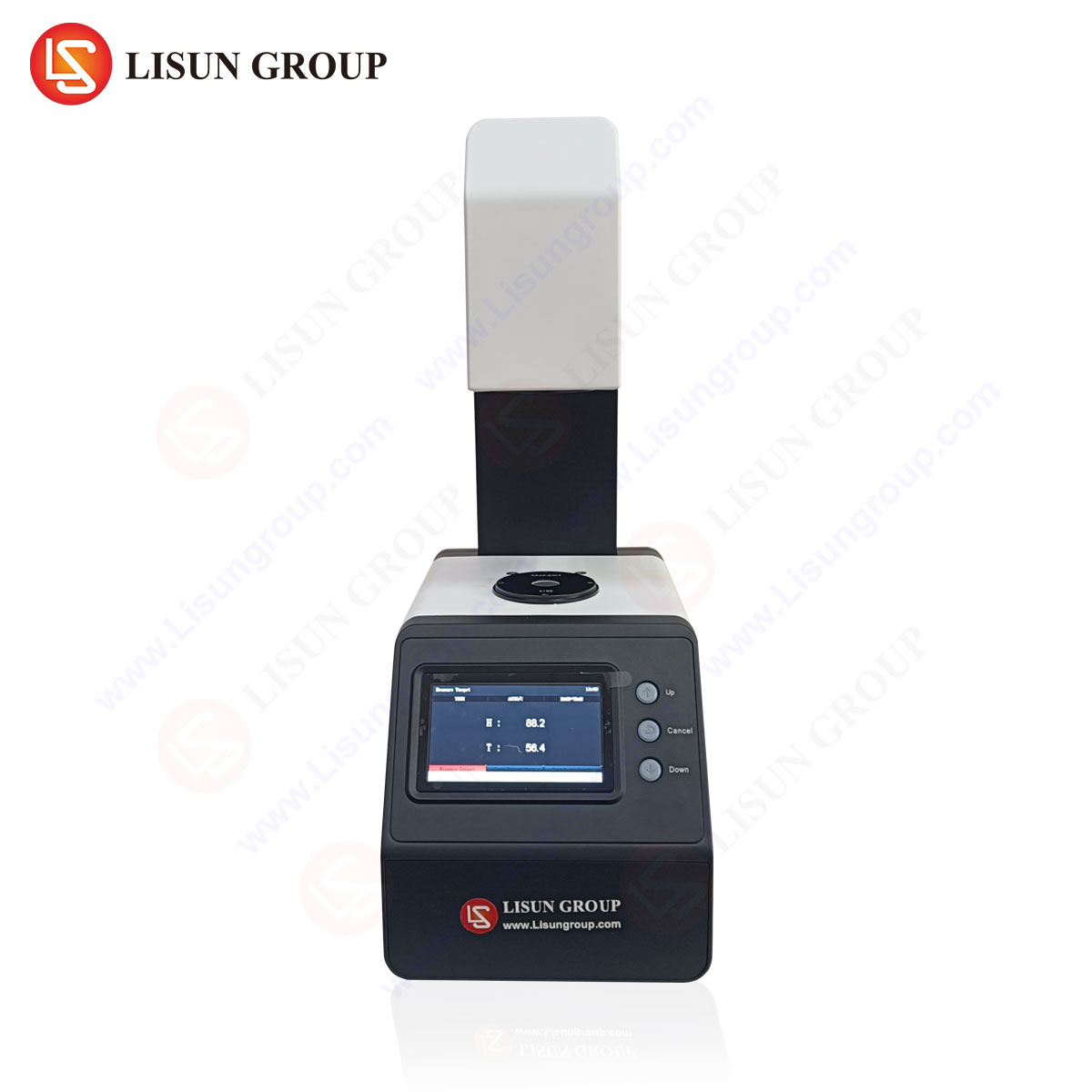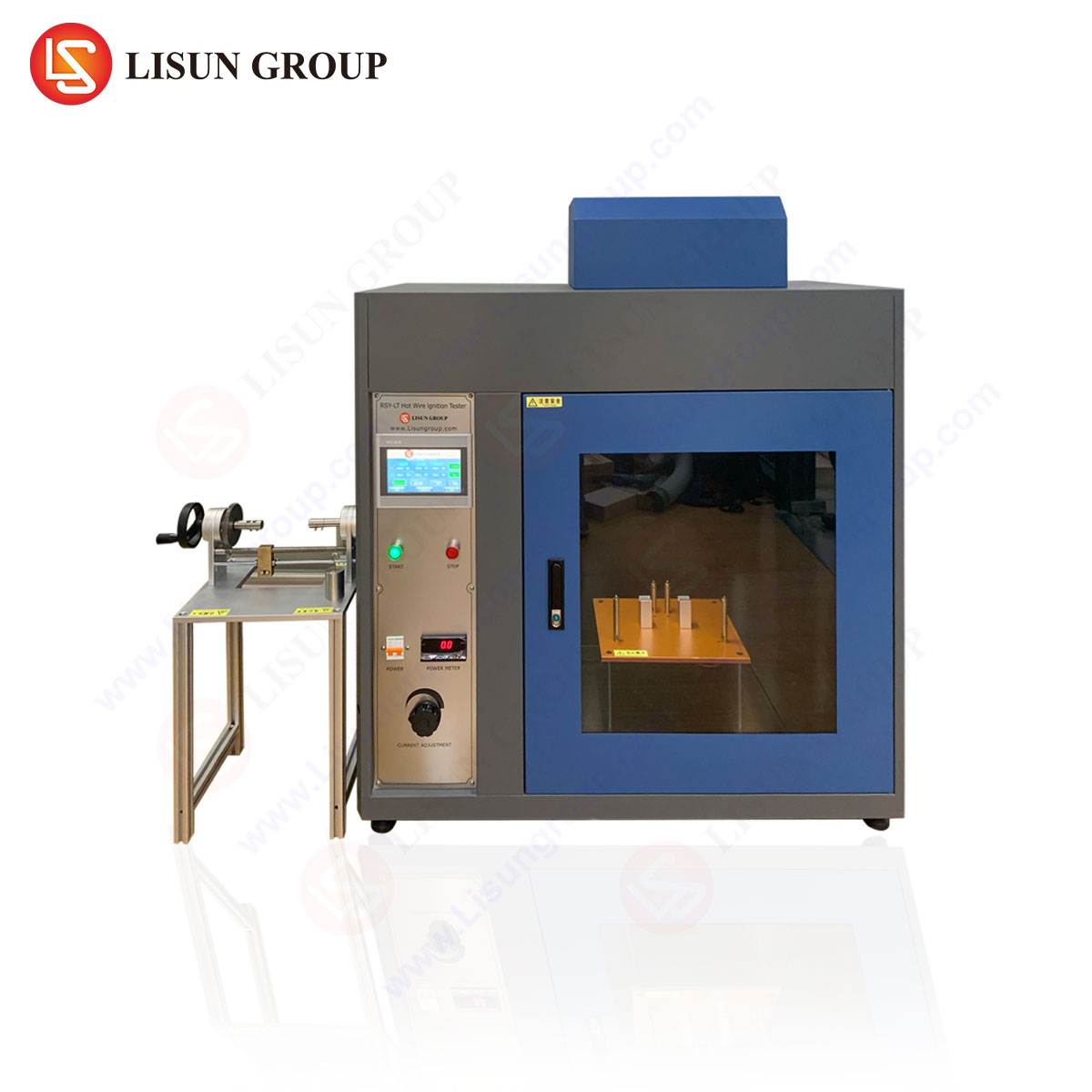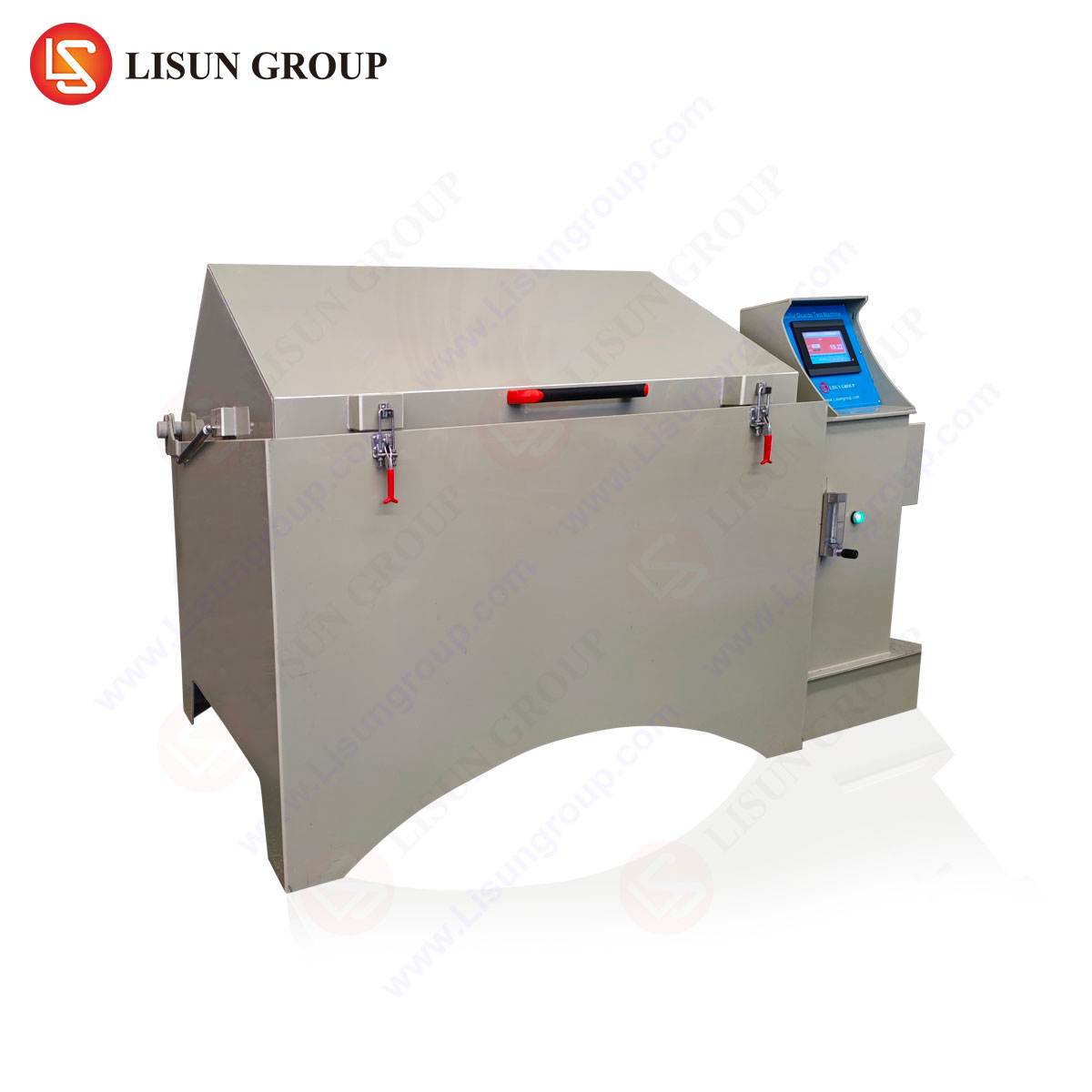Introduction to ISTA 3A Drop Testing Standards
The International Safe Transit Association (ISTA) 3A standard is a widely recognized protocol for evaluating the robustness of packaged products during distribution. Among its critical test procedures, the drop test simulates real-world handling conditions, including impacts from free-fall drops at specified heights. The ISTA 3A standard prescribes precise drop heights based on package weight, ensuring that manufacturers across industries—such as electrical components, automotive electronics, and medical devices—can validate packaging integrity under realistic stress conditions.
This article examines the methodology behind ISTA 3A drop height determination, the role of specialized testing equipment like the LISUN DT-60KG Drop Tester, and its applications in ensuring product durability across multiple sectors.
Determining Drop Height in ISTA 3A Testing
ISTA 3A categorizes drop heights according to package weight, acknowledging that heavier packages experience lower free-fall distances in typical logistics scenarios due to handling constraints. The standard defines the following drop height classifications:
| Package Weight (lbs/kg) | Drop Height (inches/cm) |
|---|---|
| ≤ 20 lbs (≤ 9.1 kg) | 30 in (76.2 cm) |
| 21–40 lbs (9.2–18.1 kg) | 24 in (61 cm) |
| 41–60 lbs (18.2–27.2 kg) | 18 in (45.7 cm) |
| 61–100 lbs (27.3–45.4 kg) | 12 in (30.5 cm) |
| > 100 lbs (> 45.4 kg) | Custom (based on handling) |
These values reflect empirical observations of real-world distribution environments, where heavier packages are less likely to be dropped from significant heights due to manual or mechanical handling limitations.
Mechanics of Drop Testing: Impact Forces and Energy Dissipation
When a packaged product undergoes a drop test, the impact force is determined by the equation:
[ F = m cdot a ]
Where:
- ( F ) = Impact force (N)
- ( m ) = Mass of the package (kg)
- ( a ) = Deceleration due to impact (m/s²)
The deceleration magnitude depends on the drop height, packaging materials, and surface hardness. For example, a 20 kg package dropped from 45.7 cm onto a rigid surface may experience a peak deceleration exceeding 50 G, necessitating robust cushioning materials to mitigate damage.
The LISUN DT-60KG Drop Tester is engineered to simulate these conditions with high repeatability, featuring an electromagnetic release mechanism and adjustable drop heights up to 2000 mm, accommodating a maximum load of 60 kg. Its precision ensures compliance with ISTA 3A and other industry standards, such as ASTM D5276 and ISO 2248.
Applications Across Key Industries
Electrical and Electronic Equipment
Fragile components like PCBs, switches, and connectors require validated packaging to prevent solder joint fractures or internal dislodgment. The DT-60KG tester verifies cushioning effectiveness under ISTA 3A conditions.
Automotive Electronics
ECUs, sensors, and infotainment systems must endure supply chain shocks. Drop testing ensures that packaging solutions meet OEM durability requirements.
Medical Devices
Implantable devices and diagnostic equipment demand zero-defect transit. ISTA 3A testing confirms packaging can protect sensitive internal mechanisms.
Aerospace and Aviation Components
Avionics and communication modules undergo rigorous drop tests to comply with MIL-STD-810G and DO-160 standards, ensuring operational reliability post-transport.
Competitive Advantages of the LISUN DT-60KG Drop Tester
The DT-60KG system offers several technical differentiators:
- High Load Capacity (60 kg): Supports testing for bulkier industrial and automotive components.
- Adjustable Drop Height (0–2000 mm): Covers ISTA 3A requirements and custom test scenarios.
- Electromagnetic Release Mechanism: Eliminates human error in drop initiation, improving repeatability.
- Durable Construction: Reinforced steel frame resists deformation under repeated high-impact testing.
Case Study: Validating Packaging for LED Lighting Fixtures
A leading lighting manufacturer utilized the DT-60KG to assess packaging for fragile LED modules. Testing at 76.2 cm (per ISTA 3A for sub-9.1 kg packages) revealed that standard foam inserts failed to prevent PCB microfractures. Redesigning the cushioning with dual-density polyethylene foam reduced impact G-forces by 32%, passing subsequent validation tests.
Conclusion and Future Trends in Drop Testing
As supply chains grow more complex, ISTA 3A compliance remains critical for minimizing product damage. Advanced test systems like the DT-60KG enable manufacturers to refine packaging designs iteratively, reducing warranty claims and enhancing end-user satisfaction. Future developments may incorporate AI-driven impact simulation to predict failure modes before physical testing.
FAQ Section
Q1: What is the maximum drop height supported by the LISUN DT-60KG?
The DT-60KG accommodates adjustable drop heights up to 2000 mm (78.7 in), suitable for ISTA 3A and custom test protocols.
Q2: How does ISTA 3A differ from ISTA 3B in drop testing?
ISTA 3A applies to parcel-delivered packages, while 3B focuses on less-than-truckload (LTL) shipments, involving higher drop heights due to palletized handling.
Q3: Can the DT-60KG simulate angled drops?
Yes, the tester includes an adjustable platform for edge and corner drop simulations, per ISTA 3A requirements.
Q4: What industries benefit most from ISTA 3A testing?
Electrical components, medical devices, automotive electronics, and consumer appliances rely on ISTA 3A to validate packaging resilience.
Q5: Does the DT-60KG comply with international standards beyond ISTA?
Yes, it meets ASTM D5276, ISO 2248, and MIL-STD-810G, ensuring global applicability.






